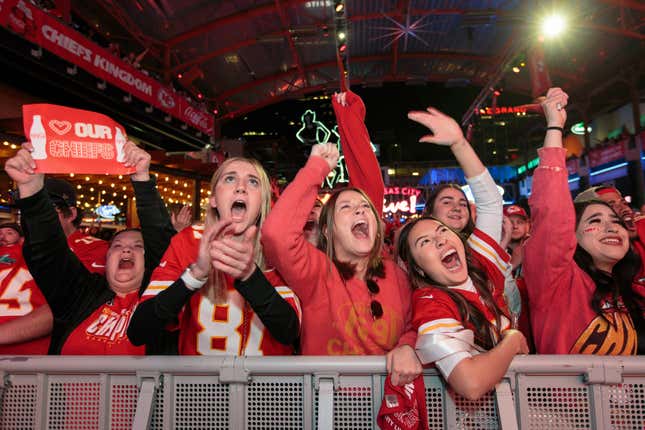Samosas, burgers and pav bhaji now cost more as government data show retail inflation of cooked snacks, prepared sweets, cake, papad, bhujia, namkeen, mixture, and chanachur rose in July.
This is even as the headline retail inflation, based on Consumer Price Index (CPI), has eased to a three-month low of 5.59 per cent in July from6.26 per cent in June. Also, food inflation dropped to 3.96 per cent in July from 5.42 per cent in June. However, All India Item Inflation Rates show that the prices of many popular items continue to be high.
A group of items called cooked snacks (comprising samosa, puri, paratha, burger, chowmein, idli, dosa, vada, chops, pakoras, pao bhaji) had a retail inflation rate of 2.04 per cent in July last year.
Now, in July this year, it surged to 7.55 per cent, a good 2 percentage points over the headline inflation. Similarly, another group of prepared sweets, cake and pastry saw retail inflation going up to 7.79 per cent from 3.71 per cent.
Papad, bhujia, namkeen, mixture and chanachur recorded retail inflation at 6.59 per cent in July against 3.28 per cent of last July.
Cost of raw materials
What could be reason for high inflation? Manish Aggarwal, Director, Bikano, Bikanervala Foods Private Limited, said that the retail inflation depends on the average prices of a basket of consumer goods and services such as transportation, food, and medical care.
“We have seen a hike in prices on each parameter and, hence, the rate has gone high. The rising cost of raw materials will inflate the cost of production, which is challenging for our industry,” he said.
Further, he added that during the July-September quarter (Q2 of FY22), commodities that still remain highly inflationary, compared to March quarter, are packing materials oil, wheat, and grams (dal). This inflationary trend may continue for another three to four months. “We are eyeing for a calibrated and smart balance of price corrections and volume growth to improve operational efficiencies,” he said.

Oil price
Explaining the trend, Sunil Kumar Sinha, Principal Economist with India Ratings & Research, said two categories of oil are affecting the prices of cooked food. “On the one hand we have costly edible oil, which is key component in preparation of cooked snacks such as samosa and pav bhaji. On the other hand, prices of kitchen fuel and transportation fuel have gone up, which is indirectly pushing the cost up.
“The price of both edible oil and kitchen fuel depends on global prices, which are a pass through in the domestic economy. Therefore, it finds a back-to-back reflection in the selling price,” he said.
Also, he said it needs to be remembered that the weight of a snack can be revised in certain multiples such as 25 or 50 grams. “You cannot just lower the weight by 8 grams or 12 grams, which earlier used to happen to ensure the increase in cost is compensated by reduction in weight in a random way. This means no option but to raise the price,” he said.
Sweets and snacks now ‘heavy on the pocket’ - BusinessLine
Read More

No comments:
Post a Comment